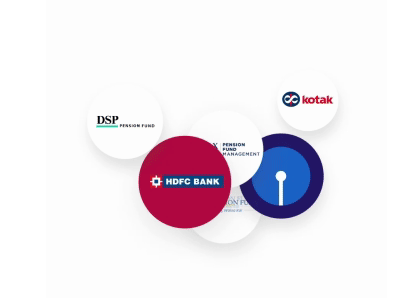How to start NPS via Pensionbazaar
Open account online
In 5 Minutes

STEP 01
Basic details & KYC
Fill in your basic personal details & complete your KYC (digital or manual upload)


STEP 02
NPS account type selection
Choose between - Tier 1 account or Tier 1 & Tier 2 both accounts


STEP 03
Share your account details
Enter (a/c number, Branch IFSC, bank name, branch name)


STEP 04
Select your nominee
Select your nominee(s) and their share(s)


STEP 05
PFM & Investment options selection
Select your Pension fund manager & preferred investment option (flexibility to change it later)


STEP 06
Start your NPS
Make the first contribution (multiple payment modes available) and start your NPS account











 Yes
Yes
 No
No








